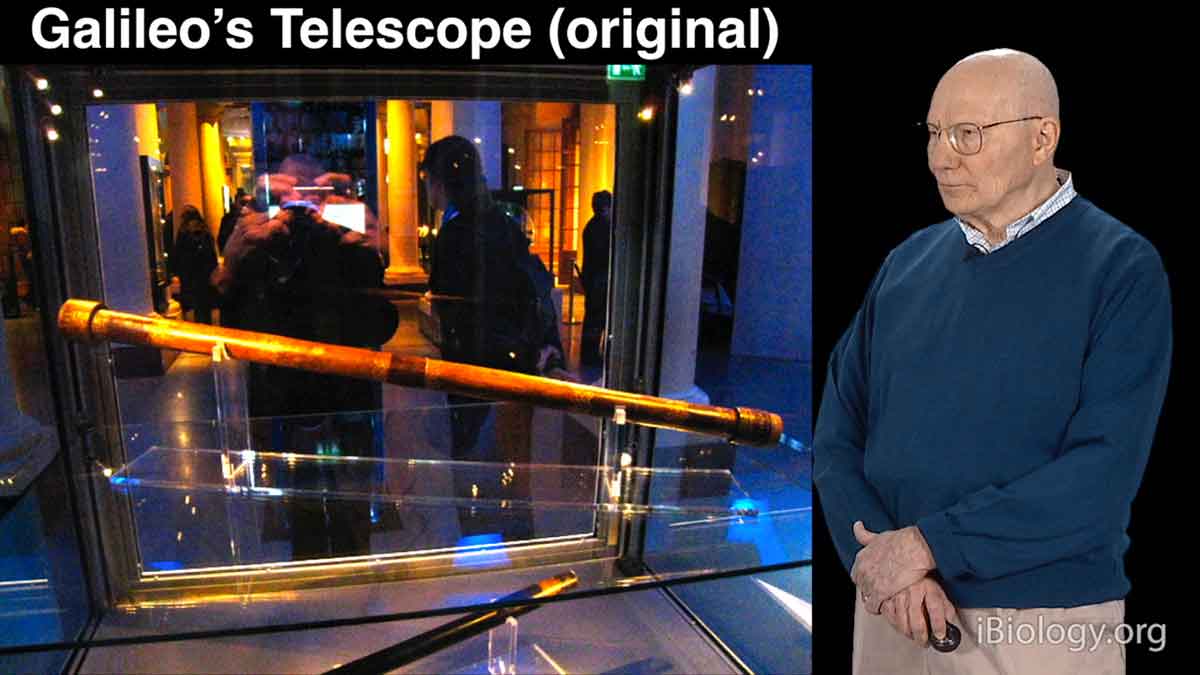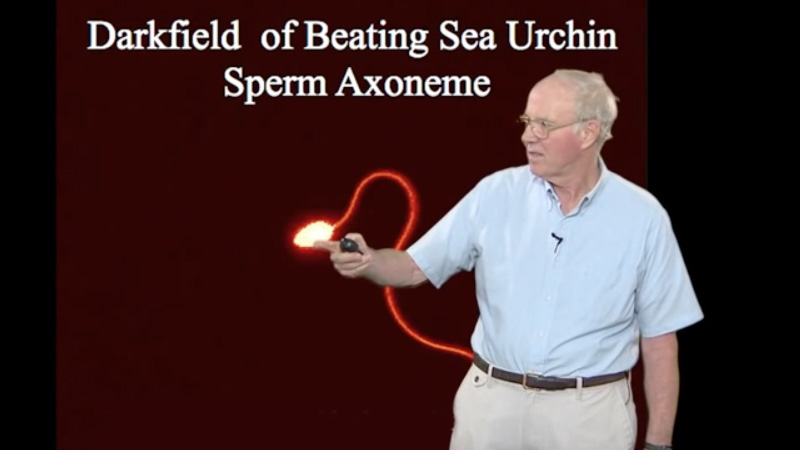Talk Overview
This lecture provides an overview of the historical contributions that light microscopy has made to the life sciences and an overview of current exciting developments, such as GFP, super-resolution microscopy, using microscopy to measure biochemical reactions, and imaging of the nervous system.
Questions
- Which scientist coined the term “cells” from microscopic observations of slices of cork?
- Walther Flemming
- Robert Hooke
- Isaac Newton
- Antonie van Leeuvenhoek
- What statement is false about the Green Fluorescence Protein?
- Was first discovered and purified from a jelly fish
- Is not compatible with live cell imaging but is a substantial improvement over immunofluorescence
- Can be fused to proteins, allowing their fluorescence to be genetically encoded
- Will fluoresce in cells without the need for introducing other cofactors
- Early microscopists such as Camillo Golgi and Walther Flemming succeeded in visualizing new intracellular structures by:
- Utilizing stains for highlighting cellular structures.
- Improving the quality of objective lenses
- Pioneering the development of live cell imaging
- Developing sectioning techniques of cells
- Super-resolution light microscopy generally refers to:
- Improving the temporal resolution to the sub-millisecond regime
- Obtaining atomic resolution information on proteins
- Breaking the diffraction limit of spatial resolution (Abbe equation)
- All of the above
Answers
View AnswersSpeaker Bio
Ron Vale

Professor of the Department of Cellular and Molecular Pharmacology; Investigator in the Howard Hughes Medical Institute
University of California, San Francisco Continue Reading









Leave a Reply